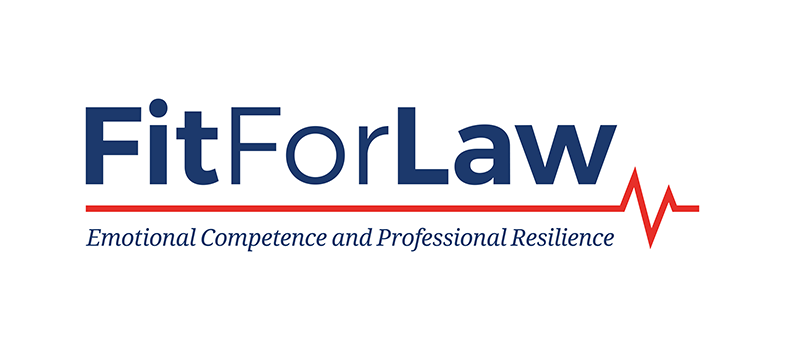Communicating with a client in person
In some situations, a client may be very vocal about their emotions. This may be because they are hard to regulate, or because they feel this will assist them in some way (e.g. expressing anger about the management of an issue to obtain faster completion of a task). However, some clients may be seeking to suppress or ignore them. This is where non-verbal cues are important. Such cues could include:
Facial expressions – A smile or frown may appear relatively easy to interpret, however, it is also important to take into account the client’s body language and movements when interpreting expressions, to assess whether the client is trying to mask other emotions. This quiz from Greater Good Magazine helps you assess your skill at reading facial expressions.
Body language – This can vary from someone sitting rigidly upright with their arms folded in a defensive manner to someone slumped over their chair in a relaxed or depressed manner.
Movements – Types of movements can range from fast blinking of the eyes to fidgeting with a pen or piece of paper or tapping a foot.
This short article gives some useful hints on reading body language and movements.
It may well be that a client’s non-verbal cues become clearer while a meeting or interview progresses as they become more at ease, and you become more familiar with their reactions and responses. Therefore, it is important to continue to monitor these throughout your time with clients. Pay particular attention to how they respond to you during the communication to determine the communication patterns and style that the client is positive about, as well as the instances where you are communicating in ways you think the client may be less used to, or may not like.
Points to think about to encourage clients to share verbal and non-verbal emotional cues include:
The impact of your physical environment
Legal professionals traditionally have often been associated with offices filled with law books and with a large wooden desk. This may project an air of knowledge and status, but it can also be very intimidating for clients, discouraging them from disclosing emotional aspects of a matter. Small adjustments to the room, or to your use of it, could make a significant difference to clients, for example, putting a picture of your family on a shelf and ensuring you get up and move around the desk to greet your client. If you have a number of positions to choose from, you could also ask the client where they want to sit, e.g. they may find sitting next to you less confrontational than sitting opposite you. Clients might also prefer to sit near the door rather than have a barrier between them and the door so they don't feel trapped.
It is also worth inviting the client to comment on the room temperature and to let you know if the room is too hot or too cold. At points you could also offer a comfort break and ensure they are aware of the position of the nearest bathroom. Being able to offer water, or tea and coffee, could also help generate a less intimidating atmosphere.
Focus on putting the client at ease as quickly as possible
This is about using your facial expressions, body language and movements to put the client at ease like smiling, maintaining good eye contact and nodding at appropriate points in the client’s explanation. It may be helpful to pay attention to the factors and things in the client’s life that seem to be a priority or seem important to them. For example, a client who perceives themselves as high status (e.g. a Company Executive Officer) may mention this to you early on in meetings. In doing so, they may be signposting that they don’t expect to be spoken down to. They may also be indicating their fears that they lack power in the lawyer–client relationship because they don’t hold legal knowledge. Such a client may be acknowledging discomfort at the power imbalance and you may want to be wary of this so that your early communication does not show superiority over them, or contribute to feelings of perceived disrespect. Ensuring you are not disturbed and making sure email or telephone notifications are muted can also help the client feel prioritised and more secure.
Be intentional with the language you use
This may involve asking open-ended questions such as ‘How do you feel about this?’ or ‘What impact has this had on you?’ and including terminology that has links with emotions to model its use (e.g. ‘I am happy to hear that’). This short article on ‘overcoming language barriers in lawyer–client communications’ demonstrates the importance of language.
It’s important to pause regularly to check the client’s understanding, and also to emphasise to clients that they are welcome to ask questions. As lawyers, it can be easy to slip into using ‘legalese’, like using contract law terms such as ‘consideration’, which clients may well struggle to decipher.
Click on the image below to view the interactive version then hover over the hotspots to see the captions.
2.1 Identifying and understanding client emotions

